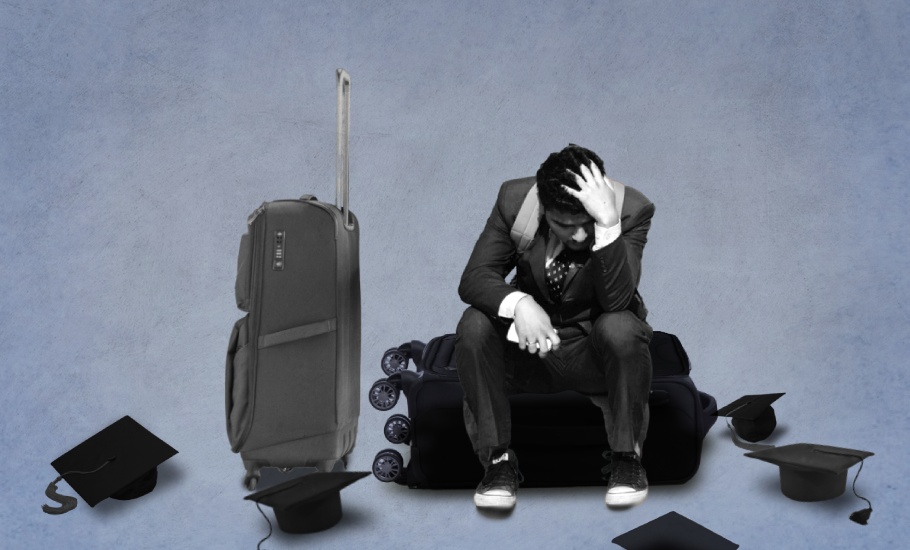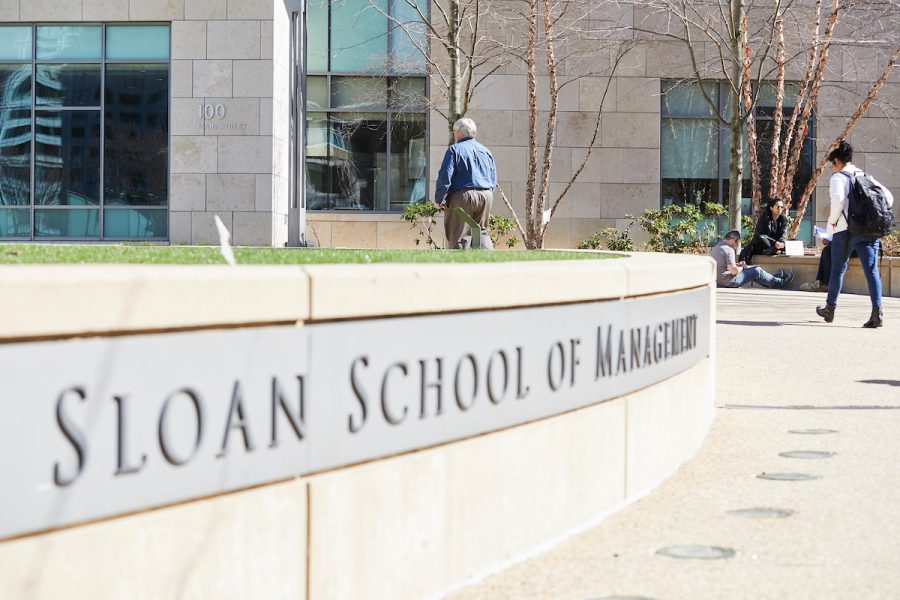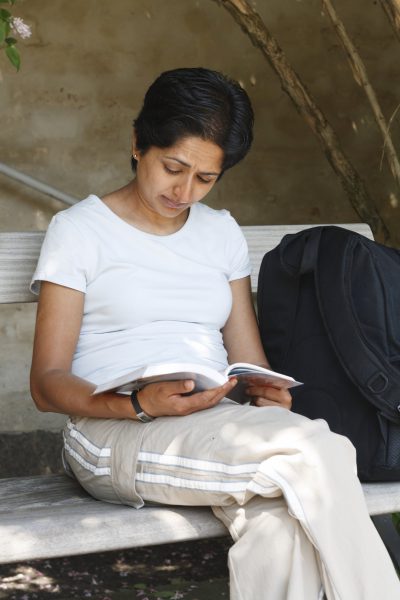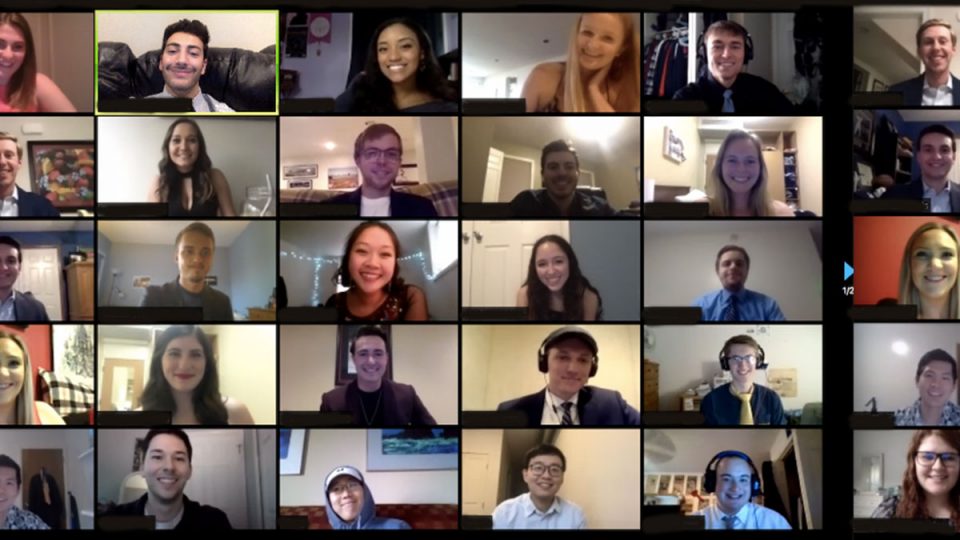
- Home
- News
- Analysis
- States
- Perspective
- Videos
- Education
- Entertainment
- Elections
- Sports
- Features
- Health
- Budget 2024-25
- Business
- Series
- Bishnoi's Men
- NEET TANGLE
- Economy Series
- Earth Day
- Kashmir’s Frozen Turbulence
- India@75
- The legend of Ramjanmabhoomi
- Liberalisation@30
- How to tame a dragon
- Celebrating biodiversity
- Farm Matters
- 50 days of solitude
- Bringing Migrants Home
- Budget 2020
- Jharkhand Votes
- The Federal Investigates
- The Federal Impact
- Vanishing Sand
- Gandhi @ 150
- Andhra Today
- Field report
- Operation Gulmarg
- Pandemic @1 Mn in India
- The Federal Year-End
- The Zero Year
- Premium
- Science
- Brand studio
- Newsletter
- Home
- NewsNews
- Analysis
- StatesStates
- PerspectivePerspective
- VideosVideos
- Entertainment
- ElectionsElections
- Sports
- Features
- BusinessBusiness
- Premium
- Loading...
Premium - India-Canada ties

Is it the end of the great American education dream?
Clouds of uncertainty looming over admission processes, academic schedules and financial aid at the US campuses, growing visa restrictions and job losses have hit aspirants very hard.

Kanishka Mitra, a product manager with an MNC in Hyderabad, was thrilled to bits last year when he got an admit at Ross Business School of the University of Michigan in the United States, ranked among the global top ten B-schools. He stands at a crossroad now, staring at an uncertain future because a leading American company which made an on-campus internship offer has since rescinded...
Kanishka Mitra, a product manager with an MNC in Hyderabad, was thrilled to bits last year when he got an admit at Ross Business School of the University of Michigan in the United States, ranked among the global top ten B-schools.
He stands at a crossroad now, staring at an uncertain future because a leading American company which made an on-campus internship offer has since rescinded it.
“Some of my seniors have lost their jobs. If this is the situation for those who graduate from premier institutions, we can imagine the plight of international students from low-ranked universities,” says Mitra.
He is now advising his friends back home to suspend their plans to pursue higher education in the US, given the uncertainty and confusion prevailing in the campuses and job markets as a fallout of the coronavirus pandemic.
Has the great American dream gone sour for Indians?
A combination of factors — clouds of uncertainty looming over admission processes, academic schedules and financial aid at the US campuses, growing visa restrictions and job losses — has hit aspirants very hard.
The pandemic has delayed or altogether crashed the plans of studying abroad for many students. The lockdown restrictions in almost all countries have already affected about 70–80% of the students who were planning on pursuing a programme in a foreign university, experts say.
Many seismic shifts are expected to shake up the higher education sector in the country.
Land of opportunities
India has been the second largest source country for international students globally, second only to China. With the picture getting gloomier following the pandemic, both the host universities and students are caught in situations never encountered before.
There are a total of over 8 lakh Indian students studying in the US. During the current academic year, an estimated 2.5 lakh Indian students were enrolled.
“The effects of the coronavirus pandemic on campuses extend beyond displacing students, faculty and staff. The crisis is driving seismic changes to the college admissions landscape and impacting Indian students in several different ways,” says Bhavesh of the North American Association of Indian Students (NAAIS), a non-partisan umbrella organisation that seeks to represent the interests of students of Indian origin.

Last year, over 7.5 lakh Indian students opted to study at universities abroad with the US, Canada, Australia remaining the top aspirational destinations followed by UK and Germany.
Massachusetts Institute of Technology (MIT) and 150 other US universities said they were moving all undergraduate and graduate classes online for the time being. Several institutes have asked students to vacate the campuses until further notice. Suddenly, students, especially those who have taken loans and work part-time on campus to sustain themselves, have been left in the cold.
Harrowing time
With the universities being shut and the off-campus work opportunities having vanished, thousands of Indian students across America are going through a harrowing time. Ever since the outbreak of COVID-19 sent alarm bells ringing across the country, the universities announced sudden closure, forcing many students to find alternative accommodation. Though a majority of them want to come home, it is not possible in view of the travel restrictions.
The woes of Indian students have worsened as several companies have rescinded on-campus job offers and internship assignments in the midst of deepening economic crisis. This has taken a heavy toll on the finances of students, a majority of them avail bank loans to pursue higher studies.
“I had a fairly well-paying job at a software company in Bengaluru. After securing admission here, I have raised a loan from Prodigy Finance to pay my tuition fee. I am staring at a grim future here. I don’t know whether I have made the right decision leaving the job that was fetching me ₹16 LPA (lakh per annum),” says Akshith Reddy who is pursuing a PG programme in Information Science at Carnegie Mellon University.
In the absence of campus networking events this year in the backdrop of the pandemic hitting the global economy badly, fresh graduates will find it hard to get placement.
“With the Trump Administration taking a hardline approach towards immigrant workers, it is all the more difficult for foreign nationals to find a job,” says Siddharth Goutam who is pursuing MS in Electrical Engineering at Georgia Tech.
“The COVID-19 outbreak has caused a lot of freezes in the hiring pool. Companies are reluctant to hire international students or those on non-immigrant visas,” says Ankit Chawla from Kellogg Business School.

For those Indian students who are halfway through their courses, it is an extremely difficult choice between staying back in the US and flying back home as this meant they were risking their career opportunities.
Dilemma for applicants
For the academic year starting August-September, the students should have ideally started visa applications that have now come to a grinding halt.
Students who have chosen American universities known for prestigious classroom learning experience are not willing to shift to online mode.
While colleges like the Harvard and University of Pennsylvania consider the possibility of virtual classes for the fall, students believe that virtual learning is not an equivalent substitute for in-person instruction and interaction.
“Classroom learning is an immersive experience, especially for soft-skills courses such as leadership, which benefit from group work or classes based on case discussions. It is hard to do that online,” said Phaniraj, who is pursuing an MBA programme at MIT Sloan.
The online classes over video conferencing apps such as Zoom may have become the new normal but they throw up a lot of practical problems and cannot replace the real classroom experience.
Since the students are spread across different countries, timing can be a serious problem. If classes run at the regular hours as on-campus, students in India will have to stay up through the nights to attend them. Poor internet connectivity is another problem.
“Online courses raise a few issues. What happens to me if I start the course now but am denied a visa later when I want to go?” wonders Krishna Akhil, a software professional.
On deferring the courses, many universities are not willing to make any concrete offer as it will impact their revenues for the current year.
“Our school initially mentioned a deferral policy on a case to case basis in case of visa delays and lockdown policies in the home country. However, the recent indications are that they will go ahead with the August schedule, no matter what,” says Nikhil, an MBA student at Ross Business School.
Harvard Business School, on the other hand, has given time till June 1 to submit deferral requests from those who got admits while Tepper Business School is the first to come up with deferral policy to help international students.

With millions of Americans out of work and predicted shortfalls in university budgets, international students are now less likely to get access to tuition funding and scholarships.
In a study conducted by the research team of IHE (Internationalization of Higher Education) at Manipal, it was found that seven out of ten students have already dropped ideas of going abroad for studies in the upcoming academic year. The anticipated visa rejections are the major reason cited for the decision.
“Given the kind of hostile atmosphere and massive job losses in the US, I would rather continue with my job here and will think of applying for the MS course next fall,” says Phani Kumar, a senior analyst with Cognizant in Hyderabad.
Apart from the student community, Indian professionals working on H-1B visas are staring at an uncertain future in the wake of massive layoffs across sectors. According to an estimate, some 47 million people could be rendered unemployed. A record 4.5 million Americans have already filed initial jobless claims till the end of April.
Indians form a major chunk of the technology professionals working on H-1B visas. The H-1B is a non-immigrant visa that allows American companies to employ foreign workers in speciality occupations that require expertise. Technology companies depend on it to hire tens of thousands of employees each year, mainly from India and China. Those on H-1B visas are not eligible for unemployment benefits or social security benefits, though there are deductions from their salary for this purpose.
Opportunity for India?
Some argue that the present crisis might throw up new opportunities for the higher education sector in India because of the declining exodus of students to foreign universities.

“The COVID-19 threat coupled with the uncertainty about jobs and visa hassles could lead to emergence of a new model for higher education which would be regional rather than global,” says Venkat Reddy, a retired professor of Osmania University in Hyderabad.
“Students go abroad in search of high-quality education. If they can get it here in India from the safety and comfort of their homes in these extenuating conditions, that too at a fraction of cost, then these become excellent options for students to look at,” he argues.
No doubt, the US education sector is caught in a serious crisis. There are growing concerns over plummeting enrolment and lost revenues. Out of nearly 700 universities with a May 1 acceptance deadline, which include many of America’s most competitive, about half have already given students an extra month to decide.
Some schools are waiving deposit requirements, particularly for foreign students, who are especially valuable to universities because most pay full tuition, thereby ending up cross-subsidising local students.
Many students say that they don’t want to make a decision about the fall until they know for sure whether campuses would reopen.
The coronavirus pandemic hit at a time when American higher education was already reeling under a host of financial problems. Many liberal arts colleges have struggled to meet enrolment goals in recent years because of rising tuition costs and there have been concerns about student debt.
Since mid-March, when colleges abruptly shut down campus operations and moved to online learning, schools have announced hundreds of millions of dollars in losses.
Experts say this is the beginning of a much deeper crisis ahead with many campuses facing the prospect of permanent closure.

